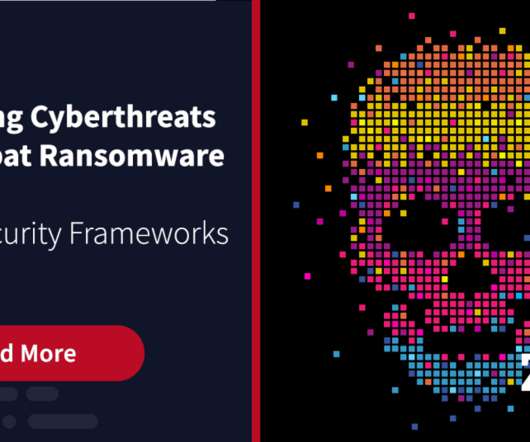When You Can’t Rely on a Crystal Ball, Elevate and Invest in Resilience
Fusion Risk Management
APRIL 5, 2023
In today’s world, organizations face unprecedented challenges that require a new approach to resilience. Where are my vulnerabilities? Organizations that embrace, invest in, and elevate resilience as a strategic priority are able to more proactively sense issues, analyze vulnerabilities, and adapt to the evolving environment.













Let's personalize your content